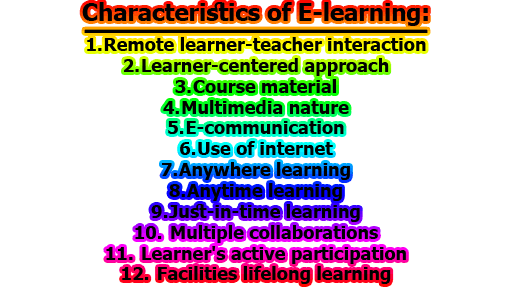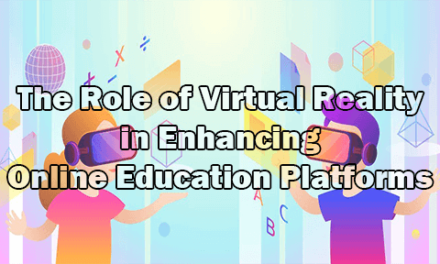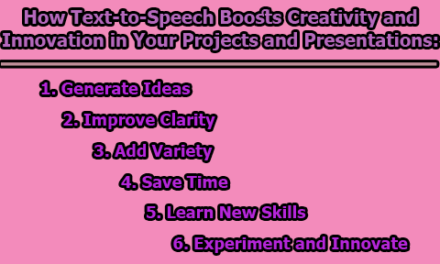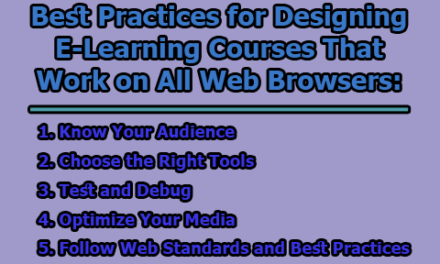E-learning, also known as electronic learning, refers to the use of electronic technology to facilitate and enhance the learning process. It encompasses a wide range of learning activities that take place online, such as accessing digital resources, participating in virtual classrooms or discussions, taking online quizzes or assessments, and interacting with digital tutors or mentors. E-learning offers learners flexibility, convenience, and accessibility to learning resources and opportunities, making it a popular and effective way to acquire knowledge and skills in today’s digital age. In the rest of this article, we are going to know about the tools and characteristics of e-learning.
Definitions of E-learning:
E-learning can be defined as the delivery of educational content and/or learning support materials through electronic media, usually over the Internet or through a computer network. Here are some quotes from different writers about e-learning:
“E-learning is the overreaching umbrella that encompasses education, information, communication, and training.” – Jeevan
“A learning system based on formalized teaching but with help of electronic resources is known as E-learning.” – Economics Time
E-learning is the use of technology to enable people to learn anytime and anywhere.” – Steve Rayson
“E-learning is any form of learning that is facilitated by the use of technology.” – George Siemens
“E-learning is a learning experience delivered through a computer and the internet.” – Elliott Masie
“E-learning is the use of electronic media, educational technology, and information and communication technologies in education.” – UNESCO
“E-learning is an educational approach that uses technology to provide interactive and engaging learning experiences.” – Jennifer Hofmann
“E-learning refers to learning that is facilitated by electronic technology, typically over the internet.” – Tony Bates
“E-learning involves the use of electronic media and communication technologies to support and enhance teaching and learning.” – Caroline Haythornthwaite
“E-learning is a mode of delivering education and training through electronic means, such as the internet, intranet, or multimedia CD-ROMs.” – Margaret Driscoll
From the above definitions, we can say that e-learning can be conducted through various platforms and tools, including web-based learning management systems (LMS), mobile apps, social media platforms, video conferencing software, and other digital technologies. It can be self-paced or instructor-led, synchronous or asynchronous, and can be delivered in a variety of formats, such as text, audio, video, and interactive simulations.
Characteristics of E-learning:
E-learning has several characteristics that differentiate it from traditional classroom-based learning. Here are some of the key characteristics of e-learning:
- Remote learner-teacher interaction: E-learning allows for remote interaction between the learner and the teacher, which means that learners can access education from anywhere in the world and at any time that is convenient for them.
- Learner-centered approach: E-learning is learner-centered, which means that learners have greater control over their own learning experience. They can choose the pace of their learning, the mode of delivery, and the content they want to learn.
- Course material: E-learning courses are often delivered in digital format, which means that learners can access course materials such as text, video, and audio files online.
- Multimedia nature: E-learning uses multimedia to deliver educational content, which means that learners can engage with the material in multiple ways. This can include videos, images, interactive quizzes, and simulations.
- E-communication: E-learning also enables the communication between learners and teachers through digital channels such as email, chat rooms, and discussion forums.
- Use of the internet: E-learning requires an internet connection and access to digital devices such as computers, laptops, or mobile phones.
- Anywhere learning: E-learning allows learners to access education from anywhere in the world, provided they have an internet connection.
- Anytime learning: E-learning allows learners to access education at any time, which means they can fit their studies around work or other commitments.
- Just-in-time learning: E-learning also allows for just-in-time learning, which means that learners can access the information they need as they need it, rather than having to wait for a scheduled class.
- Multiple collaborations: E-learning also encourages collaboration among learners, which can take place through discussion forums, group projects, and online learning communities.
- Learner’s active participation: E-learning requires learners to be active participants in their own learning experience, which means that they need to take responsibility for their own learning and engage with the material actively.
- Facilities lifelong learning: Finally, e-learning can facilitate lifelong learning, allowing learners to continue to develop their skills and knowledge throughout their lives.
E-learning Tools:
E-learning tools are a crucial part of modern education, as they provide a platform for students and teachers to connect and collaborate in an online environment. There are several e-learning tools available, each with its own unique features and benefits. Some of the most popular e-learning tools include:
- Course Management Systems (CMS): CMS is a platform designed to help educators manage and deliver course content to students. These systems can be used to create and distribute course materials, track student progress, and communicate with students.
- Massive Open Online Courses (MOOCs): MOOCs are online courses that are available to anyone with an internet connection. They are usually free or low-cost and are designed to be accessed by a large number of learners simultaneously. MOOCs typically include video lectures, quizzes, and interactive activities, and they are often taught by professors from top universities around the world.
- Webinars: A webinar is a live or recorded online seminar that allows learners to participate in real-time or at their own pace. Webinars are often used for training, professional development, and marketing purposes. They typically include a presenter who shares information, slides, or demonstrations, and participants can ask questions or interact with the presenter through chat or video.
- Podcasts: A podcast is an audio program that can be downloaded or streamed online. Podcasts are often used for educational purposes, such as language learning, professional development, or sharing research findings. They can be accessed through a variety of platforms, including Apple Podcasts, Spotify, and Google Podcasts.
- Blogs: A blog is a web-based journal that can be used to share information, ideas, and opinions with others. Educators can use blogs to share course materials, post assignments, and encourage students to share their thoughts and insights on the course.
- Wikis: A wiki is a collaborative website that allows users to create, edit, and share content. Educators can use wikis to create a knowledge base for their students, where they can share information, collaborate on projects, and create multimedia content.
- Educational Apps: Educational apps are software applications designed to provide learning content and activities on mobile devices. These apps can be used for a wide range of subjects, from language learning to math and science. They often include interactive features, such as games, quizzes, and simulations, to engage learners and make learning fun.
- E-mails: An email is a tool that allows educators to communicate with students one-on-one or in groups. Educators can use email to send course updates, reminders, and feedback to students, as well as answer any questions they may have.
- Messenger: Messenger is a real-time chat application that allows educators to communicate with students in real time. Educators can use messenger to provide immediate feedback, answer questions, and facilitate discussions.
Overall, e-learning tools have opened up new opportunities for learners and educators alike. They have made education more accessible and democratized, empowering learners to take control of their own learning journey. As technology continues to evolve, we can expect even more innovative e-learning tools to emerge, making education more engaging, personalized, and effective. E-learning has also proven to be an effective way of delivering education, especially in the wake of the COVID-19 pandemic, which has forced many schools and institutions to adopt online learning. E-learning tools have helped bridge the gap created by the pandemic, allowing learners to continue learning remotely while maintaining social distancing protocols.

Library Lecturer at Nurul Amin Degree College










